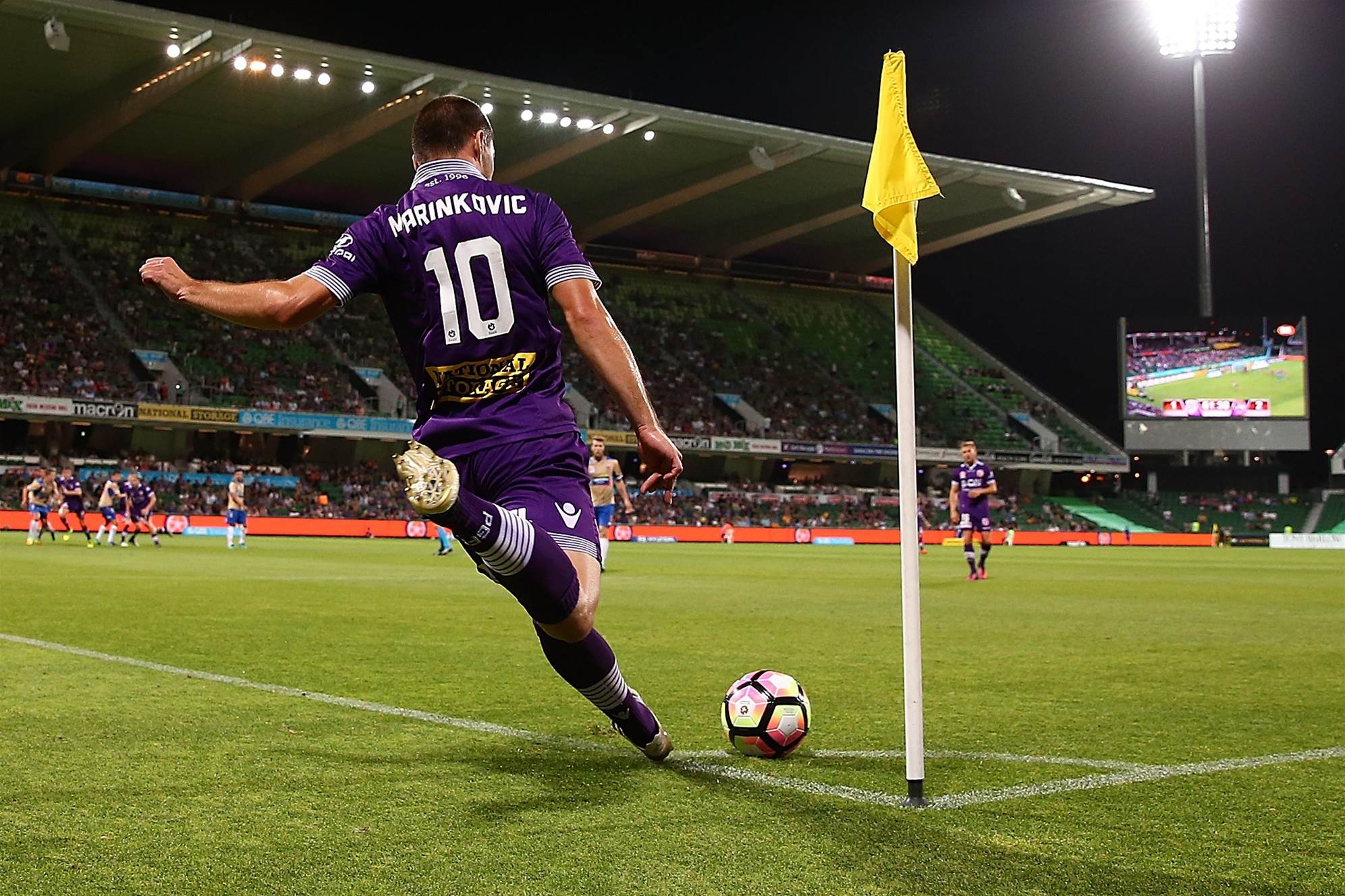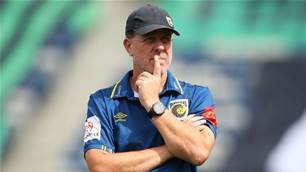There's more to football than just speed, strength and skill. Adrian Deans takes a look at the science of football, with apologies to Einstein and Monty Python...
A work colleague – generally a rugby man but also a scientist and capable of appreciating the finer things – said to me the other day that what he disliked about football was that there were no “planned moves” like you see in rugby, league or gridiron. No science.
‘Are you kidding?’ I replied. ‘Football’s full of planned moves and science, but maybe as someone who never played the game, you don’t easily recognise them for what they are.’
I then proceeded to carry on like the Constitutional Peasant in The Holy Grail giving him countless examples but it all starts from this: every skill and every strategy in football is about creating time – time to do something creative with the ball, especially in front of goal.
This starts with the very basics – the faster you control a ball, the more time you have before you are closed down. The more accurate your pass, the more time your team mate has before s/he is closed down. The better you all understand (and employ) good attacking and defensive shape the more you maximise time for yourself or deny it to the enemy.
So planned moves in football, once again, are about creating time for a man in space. (Einstein wrote equations about it!)
First the simple examples. Every time the ball is out of play – a throw in, a corner, a free kick etc. These are all opportunities for a planned move. If someone is obviously available then they ought to receive the ball, but when everyone is closed down you can either take pot luck by lumping the ball long…or you can do something sneaky.

We all know the basic two versus one corner move when the enemy make the mistake of sending just one man to prevent a short corner, but there are other corner moves. The firm pass to the edge of the box for either a first time shot or a scoop to the far post can be a killer, but my favourite (and something my own team – the mighty Avoca Beach O45 Gummysharks use all the time) is the low driven corner to the near post.
If your team mate knows that’s what you’re doing, s/he can make a near post run and arrive just as the ball does. It’s travelling so fast that any sort of touch is going to cause problems for the keeper. We would score four or five goals from that move every season but only rarely do teams ever devise a means of countering it. (A bloke placed at ten yards from the corner makes that move a lot harder.) Again, this is about creating time and space to do something with the ball in front of goal – it’s just that time and space are measured in much smaller quanta that close to goal with so many bodies causing pressure in a confined space. (Boyle wrote a Law about that, and Max Planck devised a Constant.)
Throw in moves can also be simple and effective. If everyone is marked, then a throw in becomes a lottery unless you have a trick up your sleeve. The simplest trick is to throw the ball to the non-marked side of a player, giving him/her the advantage of keeping his body between the ball and the defender, but my favourite (especially in the enemy’s half) is a called move.
A called move?
Like a quarterback calling numbers or a catcher sending signals to a pitcher, you can give your own moves a name to let team mates know what’s on. If I’m taking a throw in I might call: ‘Billy!’ There is no-one in my team called Billy, but the enemy don’t know that. My team however know that I’m about to throw the ball hard to a marked player’s side and he just needs to get a touch into the path of another player who took off as soon as I made the call. If you get this move right it’s devastating and can mean a goal out of nowhere.
My favourite move of all is Jimbo.

Jimbo is an open play move – ie, a move you put on when the ball is not dead. It works like this…
When a team wins possession in their own half, the other team will usually drop off to find their own defensive shape. This typically means that there won’t be much pressure on the ball until it gets towards halfway. Therefore, if a wide player (Player A) gets to halfway with the ball s/he will be closed down, but before the marker gets close enough to make a tackle, Player A passes inside to an unmarked player (Player B) and calls: ‘Jimbo!’
Player B receives the ball and turns away, at which point Player A takes off on the outside of his marker – who ignores him because Player B started off in the other direction, but after one second, Player B turns back and hits a diagonal ball into the path of a sprinting Player A who is now behind the defence and about to cause carnage with all the time and space miraculously at his disposal.
A move like Jimbo won’t work as well at the more disciplined pro level (until players get tired at the end of halves) but players at all levels will switch off at some point and that’s the time to unleash Jimbo.
‘Not even Einstein could have coped with Jimbo in the 90th minute,’ I said to my rugby-loving colleague. ‘That’s your true genius.’
‘I see,’ he snapped tersely.
But strategy also works without the ball. Obviously there are the basics like getting into proper shape to deny time and space to the enemy as they get closer to goal, or sending two against one to hem a player against the sideline and put pressure on his pass, but there are other more advanced tactics. There was a period when the Mariners were at their peak when they just couldn’t beat the Berisha led Brisbane. Then one stinking hot day at Bluetongue, Graham Arnold sent his team out with a very nasty plan: Sainsbury, Zwaanswijk and Rose deliberately knocked the ball about at the back – apparently aimlessly – for several minutes at the start. Berisha did his usual thing – chasing every ball like a maniac – until he wilted in the heat. Then the Mariners started to go forward with impunity and the most dangerous man on the field had been deleted from the game.
‘Field Marshall Rommel used the sun against his enemies,’ I explained to my colleague, ‘so why not football coaches?’
‘Yes I see.’
‘The point is, when teams are evenly matched physically – pace, strength and skill. The only thing left is strategy. If everyone is on the same strategic page (especially in open play) that’s a massive advantage that is extremely likely to tip the balance in your favour.’
‘Be quiet! I order you to be quiet!’
---------
Adrian’s latest book Political Football: Lawrie McKinna’s Dangerous Truth is in the shops right now or available through Booktopia. Adrian also wrote Mr Cleansheets.
Related Articles

Champion A-League coach set to join Premier League giants

Emerging Socceroos star set to sign for MLS club













